Researchers have engineered ultracold molecular transitions ideally suited for probing beyond-standard-model effects of symmetry violations.


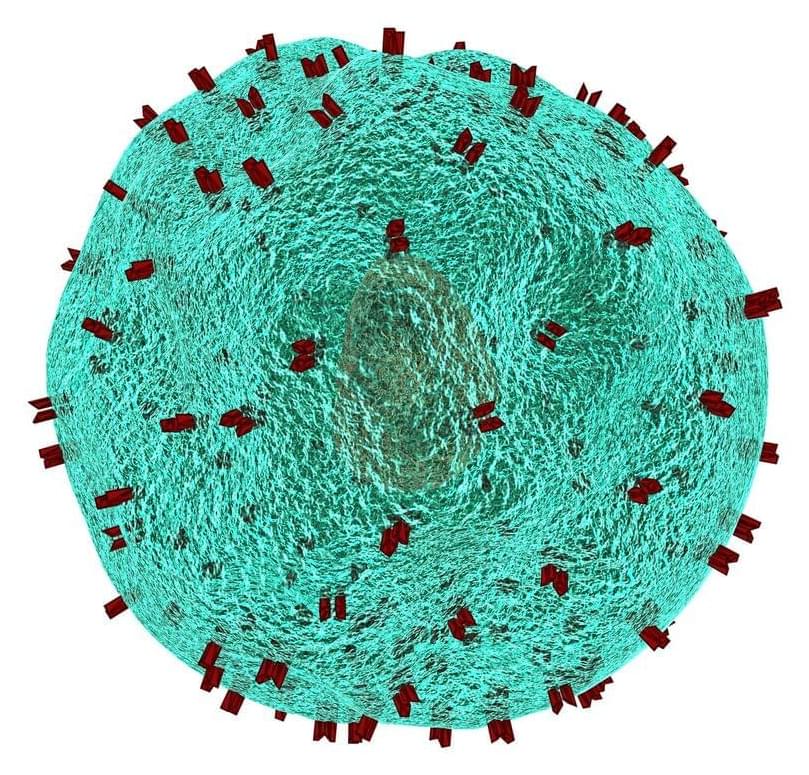
Researchers at the National Institutes of Health have developed a way to potentially increase the effectiveness of T cell–based immunotherapy treatments, such as CAR T-cell therapy, against solid tumors. T cells are specialized white blood cells of the immune system that eliminate infected or abnormal cells. In animal studies, the enhanced T-cell therapies were effective against cervical cancer and neuroblastoma, a common solid tumor in children. The findings, by scientists at the National Cancer Institute (NCI), part of NIH, appear in Clinical Cancer Research.
CAR T-cell therapy is a form of cellular immunotherapy that involves engineering T cells in the laboratory so they can specifically target and kill tumors. CAR T-cell therapy has been successful in treating blood cancers, but it hasn’t worked well for solid tumors. To improve the effectiveness of T-cell therapy against solid tumors, researchers at NCI’s Center for Cancer Research engineered T cells (CAR T cells and another form of cellular immunotherapy called TCR T cells) to carry cytokines, which are proteins that can boost T-cell function.
In laboratory studies, CAR and TCR T cells modified to express the cytokines IL-15 and IL-21 on their surface killed far more cancer cells than T cells carrying just one of these cytokines or neither of them. Previous research has found that treating patients with large amounts of cytokines caused severe, potentially fatal, side effects. The new approach aims to deliver this cytokine boost in a much more targeted way.
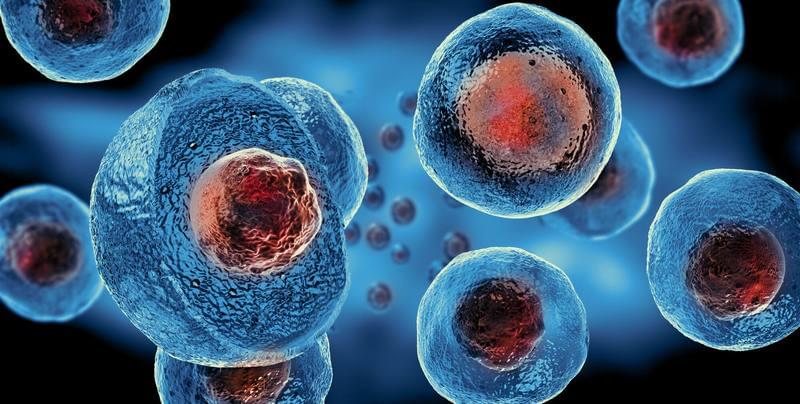
Transplant is the only option now for liver failure, but it’s not for everyone. One Mayo Clinic M.D./Ph. D. student and her mentor are researching ways to regenerate liver cells as a possible treatment for end-stage liver disease.
“Research provides us with the understanding to develop tools to make big changes in clinical problems like those facing patients with liver failure,” says Nguyen. “I want to be on the forefront of developing medical technologies that provide alternatives. I derive a lot of passion for research through thinking about the future patients I will be treating in the clinic.”
Nguyen is a fifth-year M.D.-Ph. D. student in the Mayo Clinic Alix School of Medicine, who is also completing her Ph.D. in regenerative sciences through the Mayo Clinic Graduate School of Biomedical Sciences.
Her research is focused on redirecting human embryonic stem cells to become liver cells with the potential for cell, tissue and organ repair. This research is aimed at providing an alternative to a liver transplant.
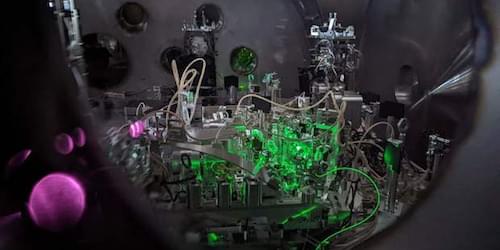
To tackle the problem, the LIGO Scientific Collaboration followed an approach, proposed in 2001, that involves squeezing the noise ellipse differently at different frequencies. This frequency-dependent squeezing is realized by coupling the interferometer to a 300-m-long “filter” cavity. Through the cavity, the team could tailor the spectrum of the squeezed state, injecting amplitude squeezing in the low-frequency region and phase squeezing in the high-frequency region, says Victoria Xu, also of MIT LIGO Lab. “This [approach] allows us to reduce the limiting forms of quantum noise in each frequency band,” she says.
The frequency-dependent approach had previously been demonstrated in tabletop systems but implementing it to mitigate radiation-pressure noise in a full-scale gravitational-wave detector was a massive engineering challenge, Xu says. An important aspect was the minimization of optical losses due to imperfect optical components or to a mismatch of the light modes propagating in the various parts of the setup—the filter cavity, the squeezer, and the interferometer. “Any loss can be seen as a ‘port’ through which regular, nonsqueezed vacuum can enter,” Barsotti says.
The LIGO Scientific Collaboration tested frequency-dependent squeezing during the commissioning of the instrument upgrades for the fourth run, comparing detector noise spectra for no squeezing, frequency-independent squeezing, and frequency-dependent squeezing. Frequency-dependent squeezing yielded similar enhancements to frequency-independent squeezing at high frequencies while eliminating the degradation below 300 Hz due to radiation-pressure noise. The team estimated that the improved noise performance would increase the distance over which mergers can be detected by 15%–18%, corresponding to up to a 65% increase in the volume of the Universe that the LIGO interferometer will be able to probe. Quantum optics specialist Haixing Miao of Tsinghua University in China says this result demonstrates an exceptional ability to manipulate quantum states of light with optical cavities but also offers an impressive demonstration that quantum measurement theory applies to the kilometer scales of a gravitational-wave detector.
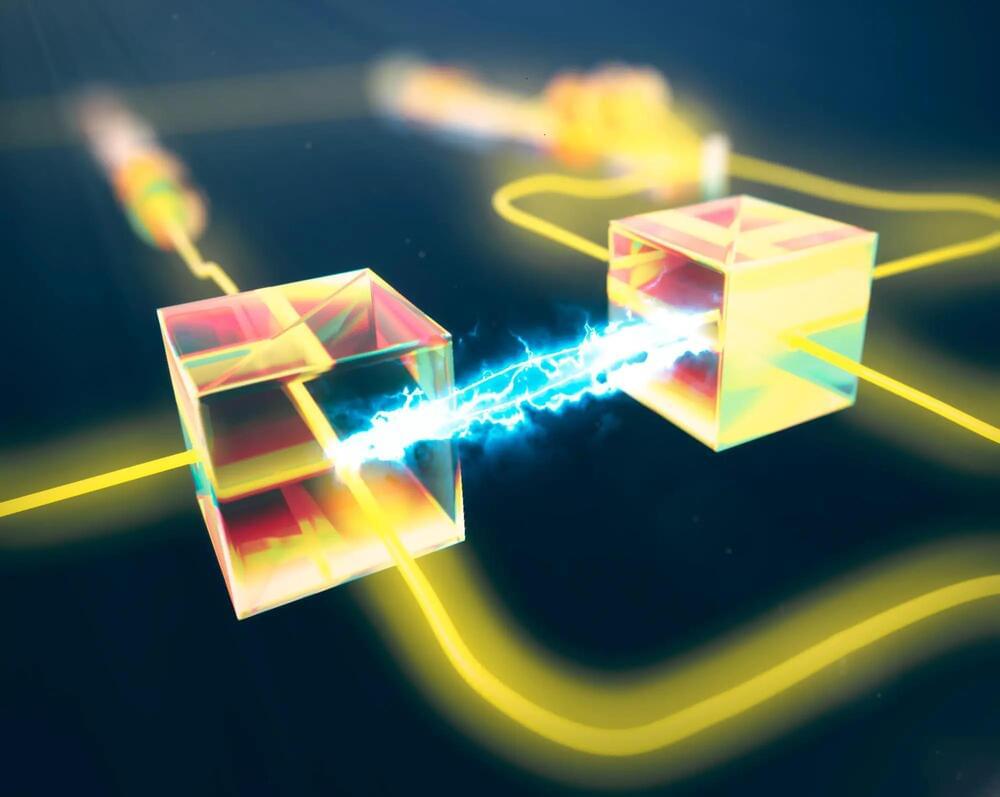
Researchers at the University of Stuttgart have demonstrated that a key ingredient for many quantum computation and communication schemes can be performed with an efficiency that exceeds the commonly assumed upper theoretical limit — thereby opening up new perspectives for a wide range of photonic quantum technologies.
Quantum science not only has revolutionized our understanding of nature, but is also inspiring groundbreaking new computing, communication, and sensor devices. Exploiting quantum effects in such ‘quantum technologies’ typically requires a combination of deep insight into the underlying quantum-physical principles, systematic methodological advances, and clever engineering. And it is precisely this combination that researchers in the group of Prof. Stefanie Barz at the University of Stuttgart and the Center for Integrated Quantum Science and Technology (IQST) have delivered in recent study, in which they have improved the efficiency of an essential building block of many quantum devices beyond a seemingly inherent limit.
Historical foundations: from philosophy to technology.

Fyodor Urnov, PhD, is a pioneer in the field of genome editing and one of the scientists most invested in expanding the availability and utility of CRISPR-based therapies to the broadest possible population. He envisions a world in which genome editing can treat the nearly 400 million people who are suffering from one of the 7,000 diseases brought on by gene mutations.
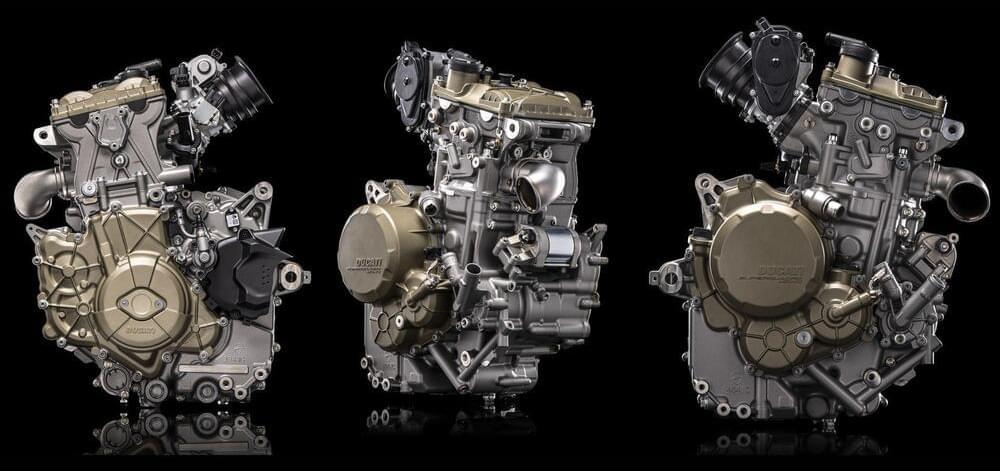
The engine combines the right blend of power, performance, technology and efficiency.
A renowned automaker, typically known to introduce high-revving models that often found its competition in offerings from rival brands with double the cylinders, has now taken a bold step by unveiling a single-cylinder engine.
With a rich heritage dating back to 1926 when the company was founded in Bologna, Italy, Ducati has consistently… More.
Ducati.
Ducati, a name synonymous with Italian engineering excellence and high-performance motorcycles, announced the revival of a tradition with the launch of the Superquadro Mono and promises to redefine single-cylinder motorcycles with a blend of power, efficiency, and technology.
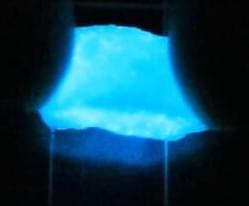
“An exciting feature of these materials is their inherent simplicity—they need no electronics, no external power source,” said study senior author Shengqiang Cai, a professor of mechanical and aerospace engineering at the UC San Diego Jacobs School of Engineering. “We demonstrate how we can harness the power of nature to directly convert mechanical stimuli into light emission.”
Alginate, a polymer made from seaweed, was added to the dinoflagellates as the main components of the bioluminescent materials. These substances were combined to generate a solution, which was then processed by a 3D printer to produce an assortment of shapes.
During tests, the substances lit up when the scientists applied pressure and made patterns on their surface. The materials were so sensitive that even the weight of a foam ball moving across their surface caused them to glow.

The vessel was exhibited at the Maker Faire Rome 2023.
The PoliTo Sailing Team is a group of 90 students from the Polytechnic University of Turin and they are exhibiting at the Maker Faire Rome 2023, showcasing a boat that can literally fly over water.
IE spoke to a student of mechanical engineering Sara Cantalini from the Polytechnic University of Turin and a member of the new boat’s team.
“That one is a boat that flies on water,” she said referring to the vessel. “It uses a lift produced by the appendees to go up and proceeds to fly with a control system that regulates the stability of the boat.”
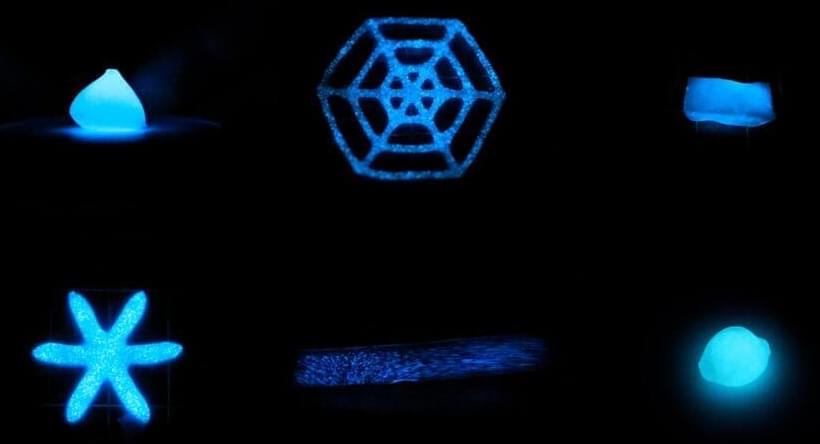
A team of researchers led by the University of California San Diego has developed soft yet durable materials that glow in response to mechanical stress, such as compression, stretching or twisting. The materials derive their luminescence from single-celled algae known as dinoflagellates.
The work, inspired by the bioluminescent waves observed during red tide events at San Diego’s beaches, was published Oct. 20 in Science Advances.
“An exciting feature of these materials is their inherent simplicity—they need no electronics, no external power source,” said study senior author Shengqiang Cai, a professor of mechanical and aerospace engineering at the UC San Diego Jacobs School of Engineering. “We demonstrate how we can harness the power of nature to directly convert mechanical stimuli into light emission.”